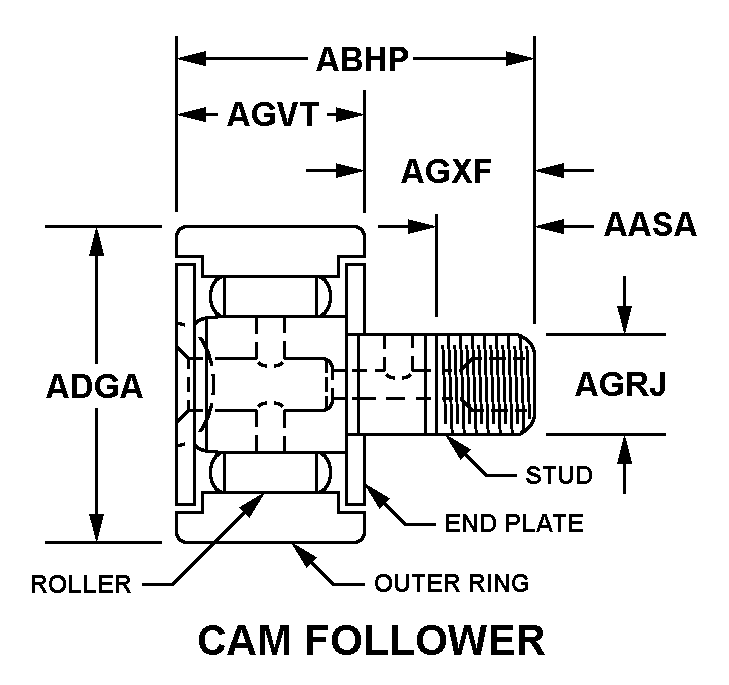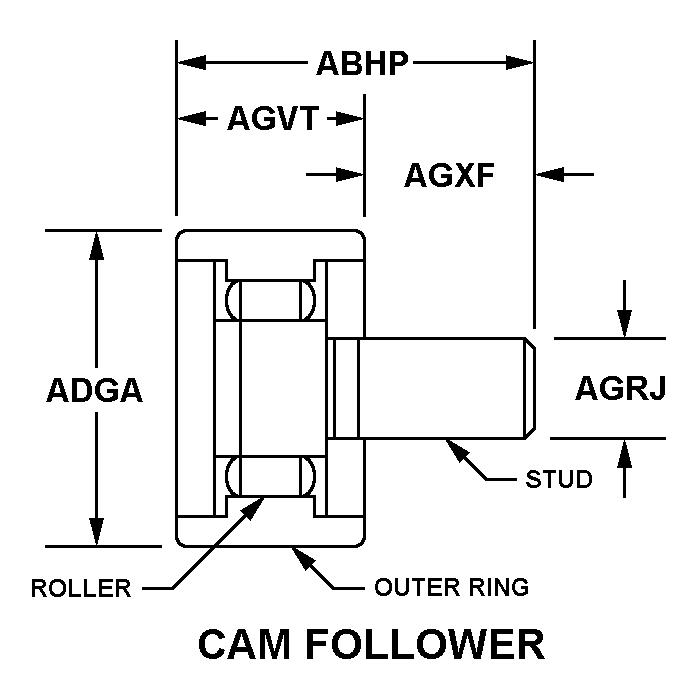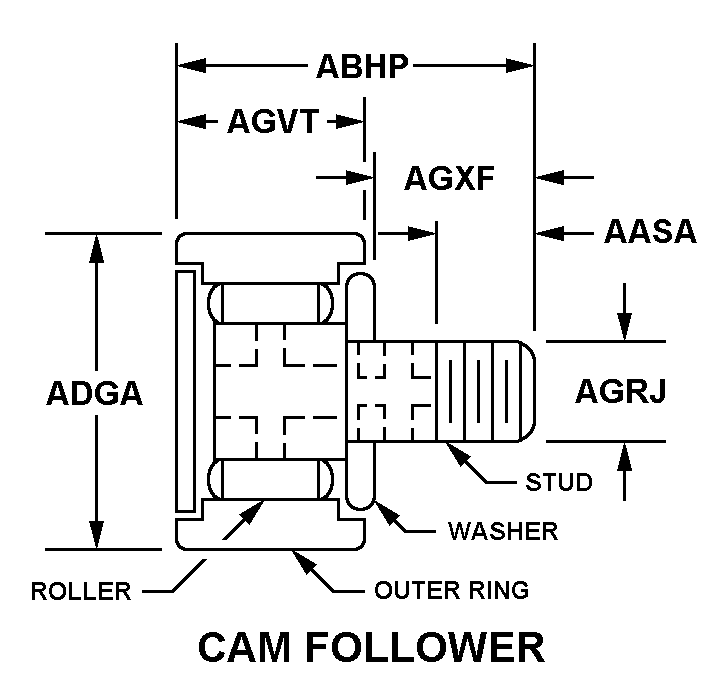3110012741394
Price Quote Get an up to date pricing and availability quote for this product. Order online or over the phone.
Quality Commitment
Serving our customers with quality and safety first.
- AS9120 Certified
- Audited supply chain
- ITAR Registered
- DDTC Registered
- HAZMAT Certified
- Customer service objectives
- Every product 100% inspected

3110-01-274-1394 Specification Set by the OEM (see RNCC code 3)
3a
RIGHT-Hand
0.3440in. ⁓11/32"
1.0150in. ⁓1-1/64"
0.4995in. and 0.5010in.
grease
0.1885in. and 0.1900in.
0.2760in. and 0.2810in.
0.7030in. and 0.7500in.
2
contact
32
0.190in. ⁓13/64"
cotter pin hole in threaded end of stud, 0.100 in. from stud end, 0.070 in. dia; no lubrication
MIL-G-23827 mil spec single material response
steel comp E52100 stud
cadmium exposed surfaces as mounted
QQ-P-416, type 1, class 2 fed spec single treatment response exposed surfaces as mounted
cam follower
81349-MIL-I-6868 specification (includes engineering type bulletins, brochures, etc., that reflect specification type data in specification format; excludes commercial catalogs, industry directories, and similar trade publications, reflecting general type data on certain environmental and performance requirements and test conditions that are shown as "typical", "average", "", etc.) .
unjf
80205-NAS562 professional/industrial association standard
Cross Reference Parts Part numbers that meet the specification outlined on this page and set by the OEM
Identification Item Identification Guide (IIG) and Item Name Code (INC)



Definition Definition of approved item name (AIN): "CAM FOLLOWER,NEEDLE BEARING"
An assembly consisting of a roller and stud used to effect a rolling contact with a cam, and convert the reciprocating or oscillating motion to linear motion.
3110-01-274-1394 Material Hazmat, Precious Metals, Criticality, Enviroment, and ESD
Indicates there is no data in the hmirs and the nsn is in a fsc not generally suspected of containing hazardous materials.
Item does not contain precious metal.
Represents items with no adp components
The item does not have a nuclear hardened feature or any other critical feature such as tolerance, fit restriction or application.
Identification Codes
HMIC: Hazardous Material Indicator Code. A one position code that identifies a hazardous item.
PMIC: Precious Metal Indicator Code. A one position code which identifies items that have precious metals as part of their content. precious metals are those metals generally considered to be uncommon, highly valuable, and relatively superior in certain properties such as resistance to corrosion and electrical conductivity.
ESD: Electrostatic Discharge. Indicates if an item is susceptible to electrostatic discharge or electromagnetic interference damage. electrostatic discharge damage occurs when an accumulation of static electricity generated by the relative motion or separation of materials is released to another item by direct contact. electromagnetic interference damage occurs when an item comes into proximity with an electrostatic or magnetic field.
ENAC: Enviromental Attribute Code. Identifies items with environmentally preferred characteristics.
CRITL: Criticality Indicator Code. Indicates an item is technically critical by tolerance, fit, application, nuclear hardness properties, or other characteristics.






